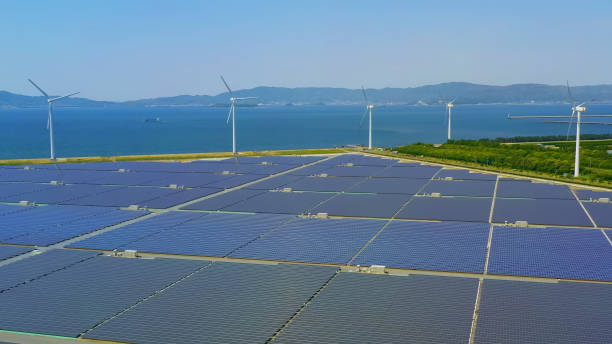
In Japan, fifty nuclear power plants were inactive and closed after the 2011 Fukushima nuclear accident. There is no way to know which government inspectors will confirm that the nuclear power plants are sufficient to allow them to come back into operation. The anti-nuclear movement points to this crisis in energy as proof that Japan should be relying more heavily on renewable energy sources. A think tank has calculated that a nationwide initiative to promote solar power could produce electricity comparable to 10 nuclear plants. However, skeptics have questioned where, in their mountains, they can build all the solar panels.
A solution was revealed in November of this year as Japan turned to its giant solar power plant located offshore on land reclaimed from the past, which the clear water of Kagoshima Bay bounds. Kyocera Corporation’s Kagoshima Nanatsujima Mega Solar Power Plant is as impressive as it is stunning and can produce enough electricity to power nearly 22,000 homes.
Other densely populated nations, particularly in Asia, are also starting to look towards the ocean. In Singapore, the Norwegian energy consulting firm DNV recently unveiled the concept of a solar island, SUNdy, which connects 4200 solar panels to form an enormous hexagonal array floating over the sea’s surface.
In the meantime, the Shimizu Corporation has presented plans for the ultimate power plant off the coast with solar panels surrounding the Moon’s equator to transmit energy back to Earth through lasers and microwaves. The company claims the project could produce as much as 13,000 terawatts of power annually. That’s more than three times the amount it currently has in the U.S. In addition, there would be no need to worry about a cloudy day.
